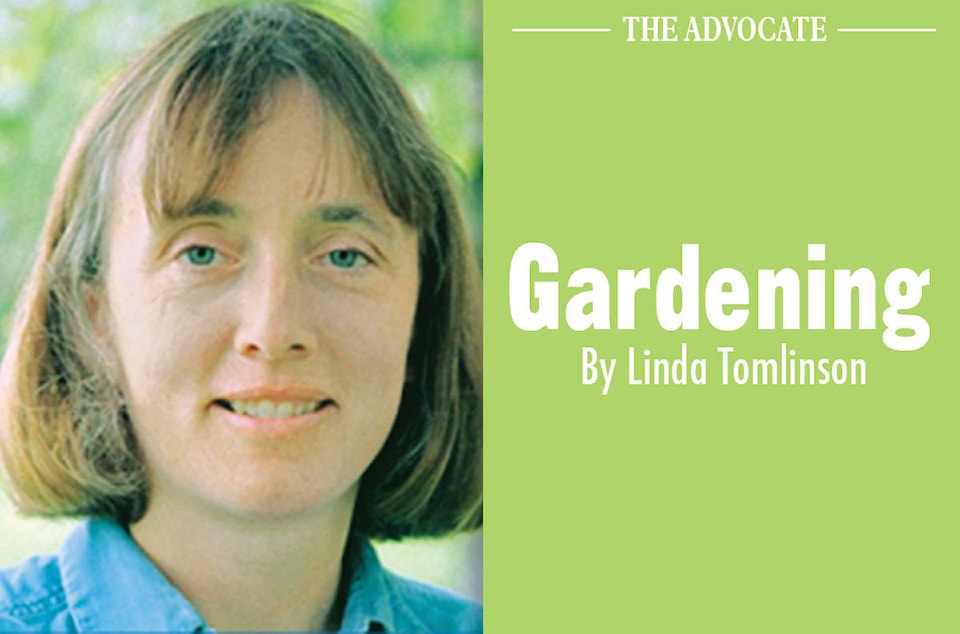The gardening season is nearing its end. The first frost warning has already occurred. It is time to look at harvest.
The first indication that corn might be ready to eat are the silks on the cob turning brown. Peak in the husk and check the kernels, they should be well formed and true to the colour of the variety. When popped, the kernel should be full of a white milky liquid. Store corn in a cool area or fridge. Continue to check the cobs after a frost as often the plants look dead but the cobs continue to ripen.
Garlic should be dug when 1/3 of its leaves have started to turn yellow. Dig the garlic with a fork and gently tug on the tops to remove it. Knock off most of the soil and allow it to dry in a warm, dry well ventilated area but not in the direct sunlight. As the plants dry, knock of more soil. It is ready to store when the outside coat of the bulbs are papery. The roots and tops can then be cut off and the bulbs stored in a cool dry area with good ventilation.
Onions are ready to harvest when the tops fall over on their own. Do not step on them. Carefully pull the onions keeping the tops intact and lay them in the sun to dry. Be sure to either cover or move when it threatens rain. Once the tops are dry, dust off all the soil and store in a cool dry area with good ventilation.
Apples are ready to eat when they are easily picked from the tree. They are mature when the seeds are brown or turning brown. A good indication, of the ripeness of an apple is how many apples are on the ground. If the apple is not ready to eat, the skin can be tough.
Locally grown apples tend to bruise easily so handle them with care.
Carrots are ready to eat as soon as they are big enough to taste like a carrot. The longer they are left in the ground, the larger they will become. When the ground turns cold, carrots grow a heavier skin that will need to be peeled. Clean carrots can be stored for a few month in the fridge.
Beets are eaten as soon as their leaves are large enough to be picked with harvest continuing up until the ground freezes. Take the tops off the beets, remove the soil and store in the fridge.
Turnip and Rutabaga look very similar the difference lies in the length of growing season along with the colour and taste of the root. Turnips should be harvested by the time they reach the size of a golf ball. They are often harvested earlier and cooked along with their greens.
Rutabaga have large bulb shaped roots that are harvested after the first frost. Their flesh is golden and sweeter than turnips. Once harvested commercial rutabagas are dipped in wax to prevent them from drying out.
Parsnips should be harvested after a killer frost as it makes the flesh sweeter. Parsnips will store well in the fridge for a few months. They can also be left in the ground and harvested in the spring, before they begin to grow.
For early eating potatoes can be dug a week after the plants flower. In the fall, allow the foliage to die back before digging. Dig a hill and when the tubers have formed a thick skin that is not easily torn when rubbed harvest can begin. When digging be careful not to cut or spear the tubers. Once dug, leave them in the sun for a few hours to allow the soil to dry and fall off. Remove any excess soil and store in a dark, cool, moist location. If stored in a bright area potatoes turn green and become bitter.
Linda Tomlinson is a horticulturalist that lives near Rocky Mountain House. She can be reached at your_garden@hotmail.com
